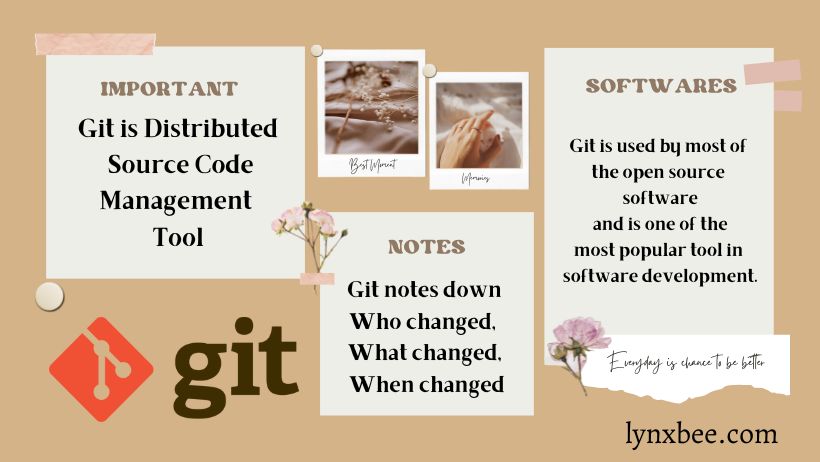Git is a distributed version control system that allows multiple developers to work on a project simultaneously without overwriting each other’s changes. Created by Linus Torvalds in 2005, Git has become the most widely used version control system in the world. This comprehensive guide will help you understand what Git is, why it’s important, and how to get started with it.
Why Git?
Git offers several advantages that make it the preferred choice for version control:
- Distributed System: Every developer has a complete copy of the repository, including its history. This allows for better collaboration and ensures that data is not lost if a central server fails.
- Speed: Git is designed to handle everything from small to large projects with speed and efficiency.
- Branching and Merging: Git makes it easy to create, manage, and merge branches, allowing multiple developers to work on different features simultaneously.
- Security: Git uses a cryptographic hash function (SHA-1) to name and identify objects within its database, ensuring the integrity of the project history.
Basic Concepts of Git
To understand Git, you need to be familiar with some basic concepts:
- Repository: A repository (or repo) is a directory that contains your project files and the entire revision history of the project.
- Commit: A commit is a snapshot of your repository at a specific point in time. Each commit has a unique ID.
- Branch: A branch is a separate line of development. The default branch is usually called
mainormaster. - Merge: Merging is the process of integrating changes from one branch into another.
- Clone: Cloning is the process of creating a copy of a repository on your local machine.
- Pull: Pulling is the process of fetching changes from a remote repository and merging them into your local repository.
- Push: Pushing is the process of sending your changes to a remote repository.
Getting Started with Git
Here’s a step-by-step guide to getting started with Git:
Step 1: Install Git
To install Git, open your terminal and run the following command:
- On Ubuntu/Debian:
sudo apt-get update
sudo apt-get install git- On macOS:
brew install git- On Windows: Download and install Git from git-scm.com.
Step 2: Configure Git
After installing Git, you need to configure your username and email address. These details will be associated with your commits:
git config --global user.name "Your Name"
git config --global user.email "your.email@example.com"Step 3: Create a New Repository
To create a new Git repository, navigate to your project directory and run:
git initStep 4: Add Files to the Repository
Add files to your repository using the git add command:
git add .The . indicates that you want to add all files in the current directory.
Step 5: Commit Your Changes
Commit the added files to the repository:
git commit -m "Initial commit"Step 6: Create a Remote Repository
Create a remote repository on a platform like GitHub, GitLab, or Bitbucket, and link it to your local repository:
git remote add origin https://github.com/yourusername/your-repo.git
git push -u origin masterStep 7: Cloning a Repository
To clone an existing repository, use the git clone command:
git clone https://github.com/username/repository.gitStep 8: Branching and Merging
Create a new branch and switch to it:
git checkout -b new-featureAfter making changes, commit them and merge the branch back into the main branch:
git checkout master
git merge new-featureConclusion
Git is an essential tool for modern software development, providing robust version control capabilities that enhance collaboration and productivity. By understanding the basic concepts and commands, you can effectively manage your projects and contribute to collaborative efforts. Whether you are a beginner or an experienced developer, mastering Git is a valuable skill that will greatly benefit your workflow.
This comprehensive guide is designed to be copyright-free and provides valuable information to help readers understand and get started with Git. By following these steps, you can ensure your content is optimized for search engines and provides a clear, informative introduction to Git.
